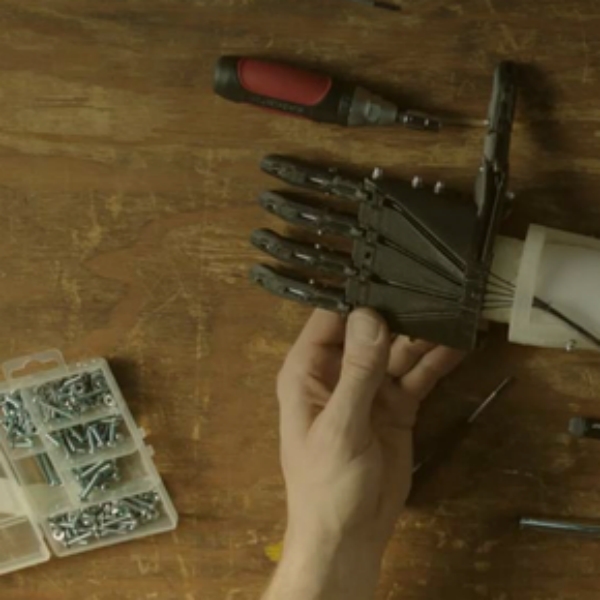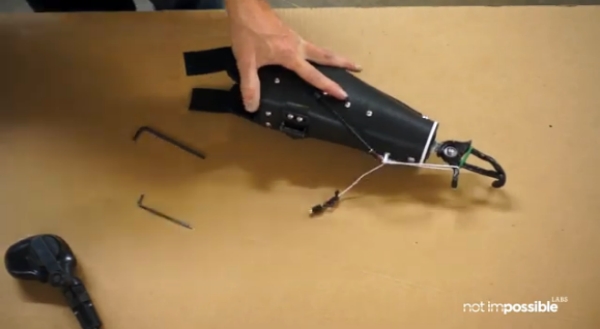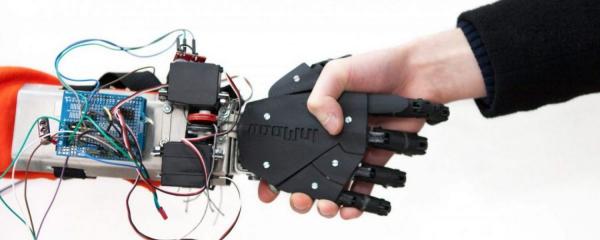Not impossible prosthetics
here is a project that you want to know about.
More than 50,000 people in the Sudan have lost limbs due to ongoing conflicts and lack reliable access to prosthetics. In 2013, a member of the Not Impossible team set up in Sudan’s Nuba Mountains what was probably the world’s first 3D-printing prosthetic lab and training facility. Why?

Because “after losing both his arms, a boy in the South Sudan said he wished he had died rather than be a burden to his family. So Not Impossible brought a prothestic lab to him”. View Not Impossible’s Project Daniel to see how it ended.
Beyond Project Daniel: Prosthetics in a box
Project Daniel highlighted the need for affordable, modular, accessible prosthetics. So Not Impossible developed “Prosthetic in A Box”:

This is a prototype for a potential simple prosthetic arm that cost less than $100: a game-change both in places with lack of access and for users with expensive and difficult-to-replace prosthetics whose quality of life would be augmented by having an economical back-up option.
From their website, it seems that Not Impossible projects are open source. This is great, making them members of a much larger (if not always as effective, or well funded) family of “Open Prosthetics” hackers, like the ones I met in Nantes some years ago:

Kudos to Not Impossible, and please note they do more than prosthetics: see what on their projects page.
(This post was drafted in June 2020, but only put online in August, because… my coronavirus reports, of course)
Who writes this, why, and how to help
I am Marco Fioretti, tech writer and aspiring polymath doing human-digital research and popularization.
I do it because YOUR civil rights and the quality of YOUR life depend every year more on how software is used AROUND you.
To this end, I have already shared more than a million words on this blog, without any paywall or user tracking, and am sharing the next million through a newsletter, also without any paywall.
The more direct support I get, the more I can continue to inform for free parents, teachers, decision makers, and everybody else who should know more stuff like this. You can support me with paid subscriptions to my newsletter, donations via PayPal (mfioretti@nexaima.net) or LiberaPay, or in any of the other ways listed here.THANKS for your support!